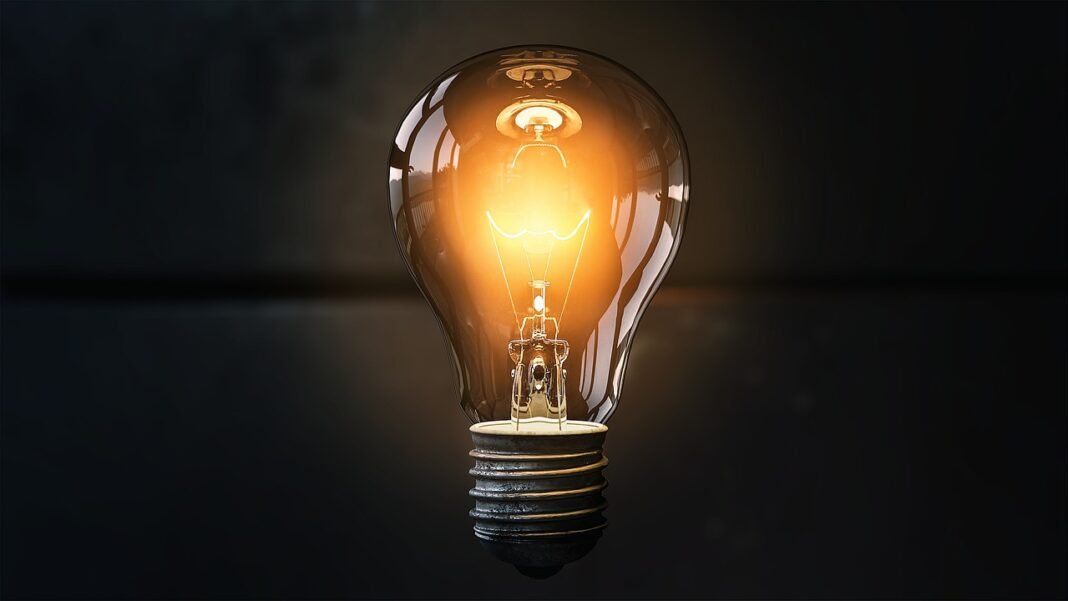
The European Union has announced a wide range of climate change legislation aimed at pushing it towards its objective of becoming carbon neutral by 2050.
A dozen draft proposals, which will need to be approved by the bloc’s 27 member states and the EU parliament, were announced on July 14.
They incorporate a intend to force all new cars registered within the EU from 2035 onwards to be zero-emission, effectively banning the sale of petrol and diesel powered cars.
To ensure that drivers are able to charge or fuel their vehicles in a reliable network across Europe, regulations will need member states to expand charging capacity consistent with zero-emission car sales, and also to install charging and fuelling points at regular intervals on major highways: every 60 kilometres for electric charging and each 150 kilometres for hydrogen refuelling.
“The fossil fuel economy has reached its boundaries. You want to leave generation x a proper planet in addition to good jobs and growth that doesn't hurt our nature,” said the European Commission’s president, Ursula von der Leyen, as she revealed the proposals.
CEE risks being left behind
Member states in Central and Eastern Europe face a stiff challenge to avoid being left behind.
Just recently, the European Automobile Manufacturers' Association (ACEA) warned that countries in Central, Eastern, and Southern Europe must take decisive action how to enhance their e-mobility infrastructure, highlighting the fact that while 66,665 charging stations were available in The Netherlands, Romania – roughly six times bigger than The Netherlands – counts only 493 charging points, or just 0.2 per cent from the EU total.
According to the ACEA, “this two-track infrastructure roll-out is developing along the dividing lines between richer EU member states in The european union and countries with a lower GDP in Eastern, Central and Southern Europe. Countries with a sizeable land mass but a lower GDP, such as Poland (0.8 per cent of EU chargers), appear to be left out.”
It adds that binding targets – for example those proposed today – are “the only real solution”.
Other measures put forward through the EU today, dubbed the Fit for 55 package simply because they would place the bloc on track to meet its 2030 goal of reducing emissions by 55 percent from 1990 levels include a tax on aviation fuel, essential for countries to renovate buildings that are not deemed energy efficient, along with a carbon border tariff, which would require manufacturers from outside the EU to pay for more for importing materials like steel and concrete.
The EU also wants to plant three billion trees by 2030.
The world’s first carbon-neutral continent
The European Green Deal, presented through the Commission in December 2022, set a target of creating Europe the first climate-neutral continent by 2050.
The EU says that because of the its existing climate and legislation, the bloc’s greenhouse gas emissions have already fallen by 24 percent when compared with 1990, as the EU economy has grown by around 60 percent within the same period, decoupling growth from emissions.
The EU’s long-term plan for the following seven years will provide support for many from the measures. Almost a third of programmes underneath the two trillion euros 2022-27 Multiannual Financial Framework and Next Generation EU are dedicated to supporting climate action; while just over another of the 723.8 billion euros Recovery and Resilience Facility, that will finance member states’ national Covid-19 recovery programmes, is invested in climate action.


